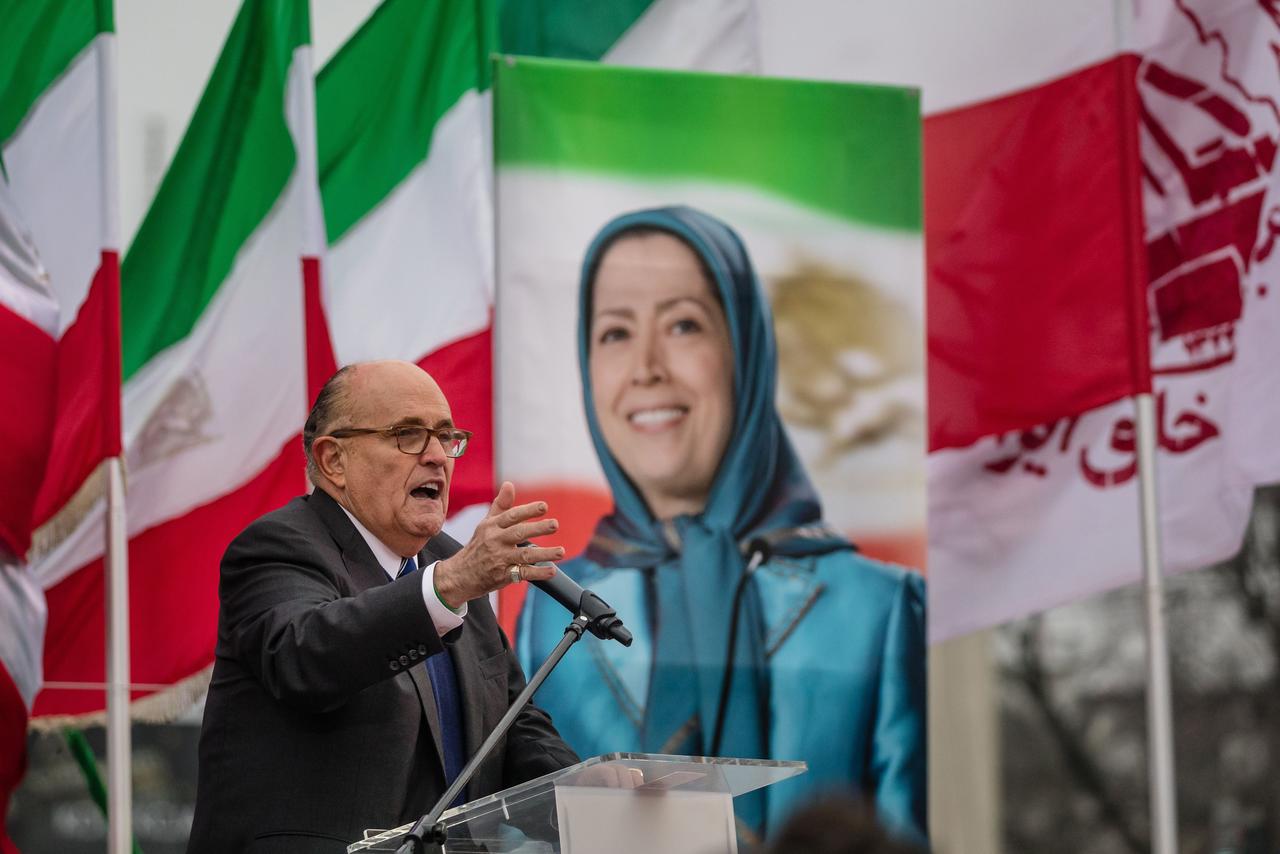Iran Suspects Exiled Cult Was Involved In Assassination Of Top Scientist
Tyler Durden
Tue, 12/01/2020 – 22:45
Authored by Dave DeCamp via AntiWar.com,
Iran continues to release details surrounding the killing of its top scientist Mohsen Fakhrizadeh. On Monday, a senior Iranian official said a controversial group of Iranian exiles based in Albania could have been involved in the assassination.
“We have some clues but surely the ‘Monafeghin’ group was involved and the criminal element behind it is the Zionist regime and Mossad,” Ali Shamkhani, secretary of the Supreme National Security Council of Iran, told state TV.
The “Monafeghin” refers to the National Council of Resistance of Iran, a coalition led by the People’s Mujahedin of Iran, or MEK (Mujahedin-e Khalq). The MEK is a controversial group widely considered to be a cult, and up until 2012, was designated as a terrorist group by the US government.

For their part, the MEK denied any role in Fakhrizadeh’s death. The MEK released a statement and rejected Iran’s claim as “rancor and lies.” The group said the accusation was “nothing new” since they’ve been implicated in previous assassinations of Iranian scientists.
Between 2007 and 2012, five scientists were killed inside Iran. Although never officially acknowledged, the attacks have been attributed to Israel. In February 2012, anonymous US officials told NBC News that the MEK carried out these attacks.
The NBC story said the MEK is “financed, trained and armed” by Israel’s secret service. Later that year, in September 2012, then-Secretary of State Hilary Clinton ordered the MEK to be removed from the US terror list after giving heaps of money to US officials.
The MEK started as a Marxist-Islamist group that was founded in the 1960s and opposed the US-backed Shah. Throughout the 1970s, the MEK killed scores of the Shah’s police force, and the group played a role in the 1979 revolution. After the revolution, the MEK was at odds with the Ayatollah and opposed the new Islamist government, staging attacks against the Mullahs.
Trump may only have seven weeks left in office, but he’s given his top advisers the green light to batter the Iranian regime—anything that doesn’t hazard a full-on war before Joe Biden is inauguratedhttps://t.co/zZnjbEPVIZ
— The Daily Beast (@thedailybeast) December 1, 2020
After being forced out of Iran in the 1980s, the MEK was welcomed in Iraq by Saddam Hussein, who gave the group refuge at a military base known as Camp Ashraf. From the base, the MEK staged terrorist attacks inside Iran and sided with Hussein in the brutal eight-year Iran-Iraq war. For these reasons, it is believed the MEK has little to no support inside Iran today.
After the 2003 invasion of Iraq, the US government commissioned a report on the MEK from inside their former headquarters at Camp Ashraf. The report concluded that the MEK has “many of the typical characteristics of a cult, such as authoritarian control, confiscation of assets, sexual control (including mandatory divorce and celibacy), emotional isolation, forced labor, sleep deprivation, physical abuse and limited exit options.”
The MEK is now based in Albania and has a presence in France. In July, the group’s leader Maryam Rajavi held the MEK’s annual Free Iran conference virtually from her compound known as Ashraf 3 in Tirana, Albania. The event featured speeches from several former and current US officials, including President Trump’s attorney Rudy Giuliani, a MEK favorite. Senator Martha McSally (R-AZ) and Rep. Lance Gooden (R-TX) were the only sitting members of Congress to speak at the conference.
US officials are paid well for attending MEK events. President Trump’s Secretary of Transportation Elaine Chao collected $50,000 from the MEK for a five-minute speech in 2015. Although he was missing from the latest conference, Trump’s former National Security Advisor John Bolton has collected hefty sums from the MEK. Records show the MEK has paid Bolton at least $180,000 for speeches over the years.